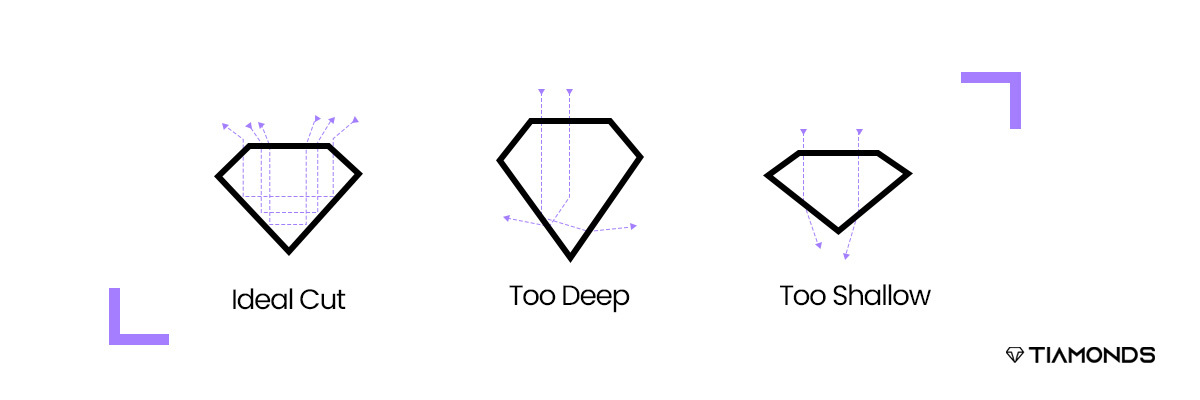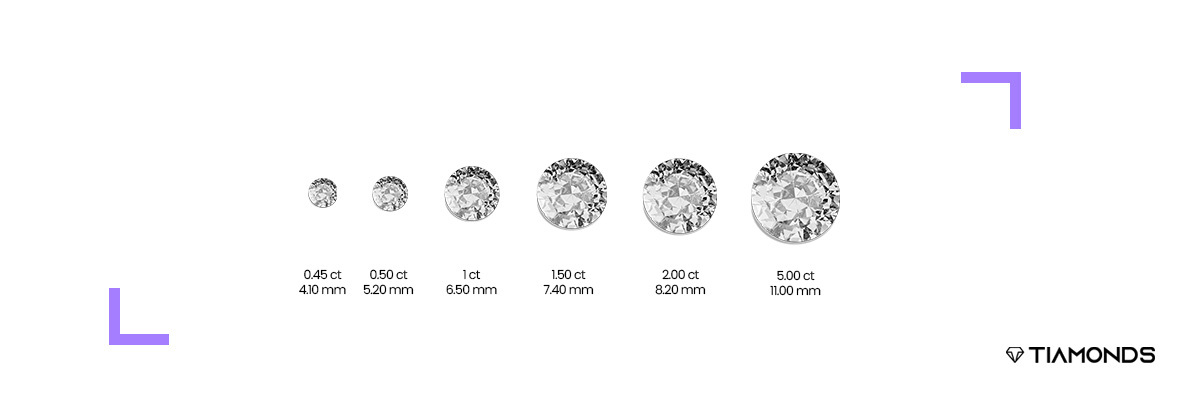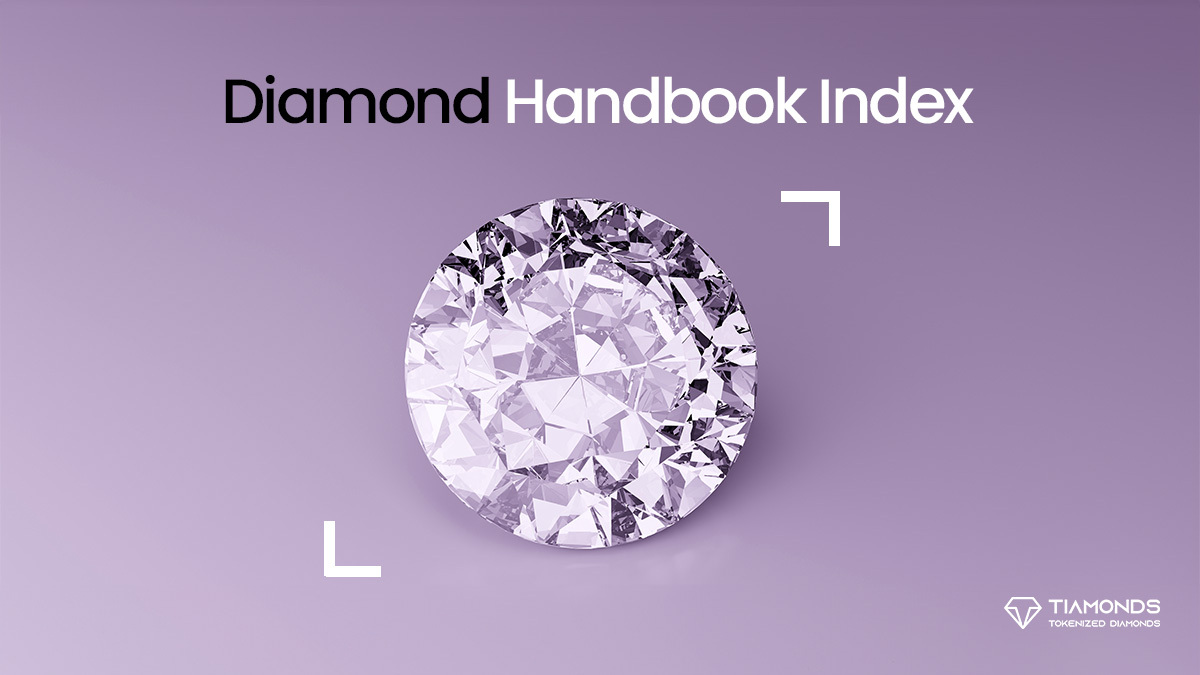At present, the 4Cs of Diamonds Quality have become the standard by which the quality of any diamond, regardless of location, is evaluated. Although every ‘C’ contributes to the evaluation of a diamond’s brilliance and shine, cut is the most critical. Finding the ideal equilibrium between these four qualities—the four Cs—will assist you in your search for a diamond that combines beauty and value.
The term “4Cs” originated in the early 1940s, when Robert M. Shipley, the founder of the GIA, conceived of it. Formerly a jeweller by trade, Shipley devoted himself wholeheartedly to the standardisation of the American jewellery sector. His institute (GIA) provided formal training for jewellers, and he was an unrelenting advocate for greater gem purchasing and selling knowledge, ethics, and standards.
The “4Cs” collectively refer to the elements of color, clarity, cut, and carat weight of a diamond. These elements determine the diamond’s grade and, ultimately, the value of the diamond.
May we acquire a more comprehensive understanding of each letter C?
Cut
Cut, the most critical of the 4Cs of diamonds, denotes the manner in which the facets of a diamond engage with light. Proportion, refinement, and symmetry establish it. The cut of the stone is what matters most when determining its attractiveness. The character of a diamond’s brilliance can be expressed simply as its cut. An inadequately cut diamond will exhibit a lacklustre appearance, notwithstanding its high clarity and color grades. A well-cut diamond will refract and reflect light in order to achieve its utmost brilliance and sheen.
In the diamond industry, the highest quality designation for round brilliant diamonds is triple excellent cut. In essence, a triple-excellent diamond optimizes the reflection of light, or brilliance, thus producing a gem that exhibits an unparalleled ability to gleam.

Clarity
Clarity is a grading system for diamonds that indicates their scarcity and purity by assessing the visibility of specific attributes when examined under a 10-power magnification lens. A stone is classified as flawless when, observed through a 10-power magnification lens, there are no discernible inclusions (internal defects) or blemishes (external imperfections). A poor clarity diamond is characterized by the presence of numerous inclusions, which have an immediate impact on its brilliance. Due to the fact that inclusions impede light refraction and return, a diamond with a lower clarity grade will exhibit a more hazy appearance.

Diamond Clarity Chart
FL-FL diamonds are Flawless
IF-IF diamonds are Internally Flawless
VVS1 VVS2-VVS diamonds (1 and 2) are Very, Very Slightly Included
VS1 VS2-VS diamonds (1 and 2) are Very Slightly Included
SI1 SI2-SI diamonds (1 and 2) are Slightly Included
I1 I2 I3-I diamonds (1, 2 and 3) are Imperfect
Color
Color denotes the intrinsic natural hue that is present in white diamonds. Naturally, the majority of white diamonds possess a faint yellow hue. The more closely a diamond approaches “colorlessness,” the more uncommon it is. The grading of color in the industry is determined by comparing each stone to a master set and designating it with a letter grade ranging from “Z” (light yellow) to “D” (colorless). Color ranks second among the 4Cs of diamonds in significance due to the direct influence that the color grade has on the visual appeal of the stone. When diamonds have an inferior color grade, they may exhibit a minor yellow hue rather than the intended brilliant white.

Diamond Color Chart
DEF-Colorless
GHIJ-Near Colorless
KLM-Faint Yellow
NOPQR-Very Light Yellow
STUVWXYZ-Light Yellow
Carat
Carat indicates the mass, not the dimensions, of a diamond. The carat weight of a diamond may exhibit variations depending on its form. It includes round brilliant, princess, pear, oval, cushion, marquise, emerald, radiant, or hear. When considering clarity, color, and cut, the price of two one-carat stones can vary considerably, even though they have an identical carat weight. Variations in size can also occur if one diamond is cut deeper than the other. It makes them appear smaller despite having a higher carat weight.
Understanding this reveals the scarcity of enormous diamonds of unparalleled quality. Alternatively, it is critical to specify that the carat weight does not typically correspond to the measurement. In isolation, the carat weight of a diamond does not contribute to its valuation. Considering clarity, color, and cut can significantly influence the price of two one-carat stones. Understanding this reveals the scarcity of enormous diamonds of unparalleled quality.

Each of the four Cs contributes to a diamond’s overall attractiveness and distinguishes each stone. On the contrary, a diamond ought to be perceived as an organic entity. Due to the fact that the human eye has trouble distinguishing a single diamond quality, such as color or clarity, from another. It is critical to consider how the 4Cs of diamonds interact.
5th C: Conflict-Free Diamonds
tIn recent years, a fifth C—”conflict-free” or “blood-free”—has gained increasing significance for many purchasers. Regions or countries afflicted by civil war refer to rough diamonds as “blood” or “conflict” diamonds. Unethical actors may have used these diamonds to fund conflicts against administrations or rival groups. Diamonds from over fifty African countries affected by civil wars have been labeled as “conflict diamonds.”
Similarly, an increasing number of consumers are in search of “ethical diamonds”—powders that have undergone mining and refining without compromising human rights, secure working conditions, the environment, or fair compensation.
Reputable merchants and jewelry retailers obtain conflict- or blood-free certification from the Kimberly Process Certification Scheme (KPCS) and sell these diamonds. It maintains stricter regulations regarding labor and business conduct.
The 4Cs of diamonds, and now the 5th additional C, are the most significant factors that determine the characteristics of a diamond. When making a purchase, do consider these factors to get the best, superior-quality gemstone.




